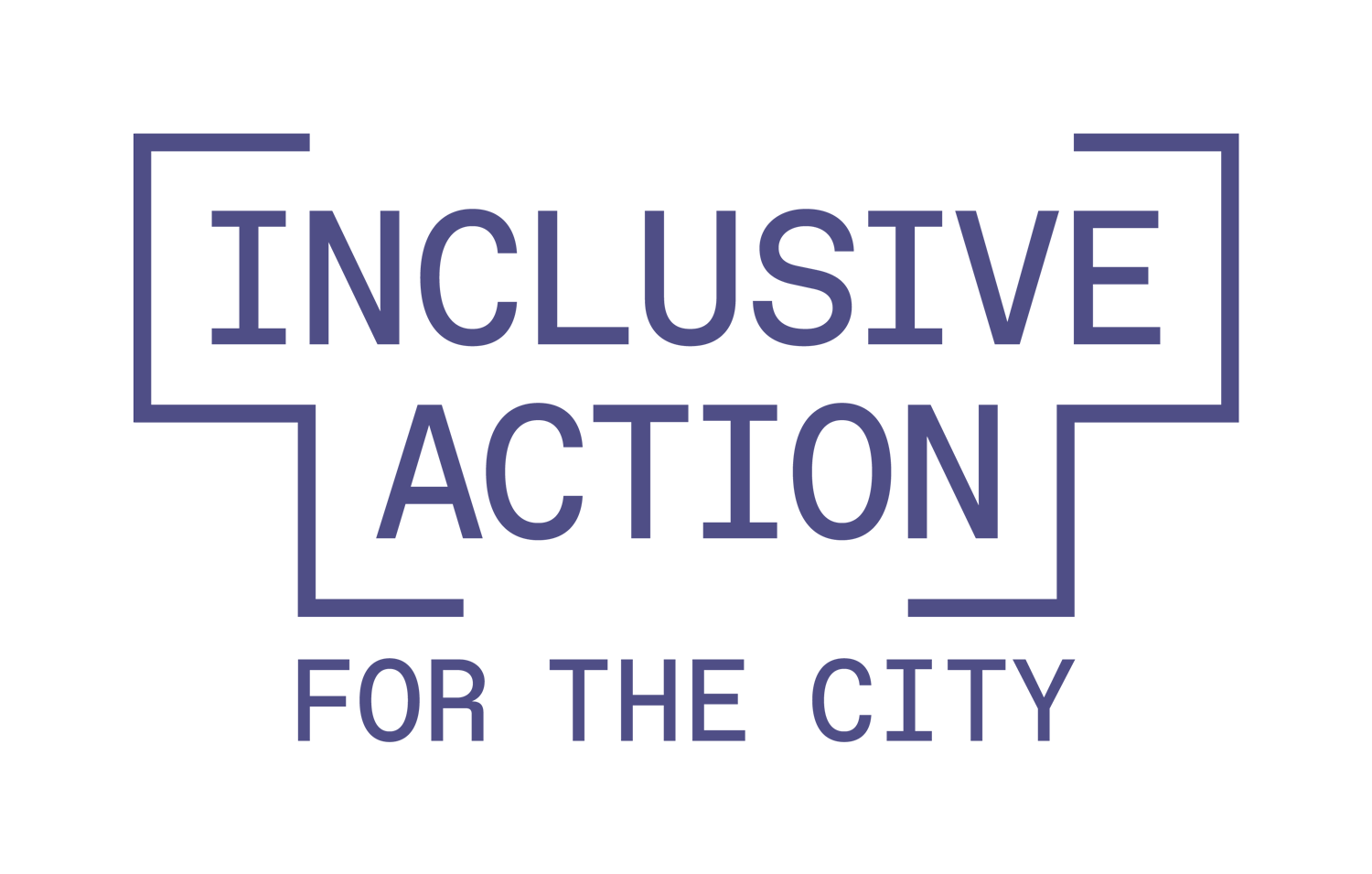The Power of Habit, A Book Review
Over the the winter break, my colleague, Rudy, and I decided to read The Power of Habit: Why We Do What We Do In Life And Business by Charles Duhigg, a New York Times Best Seller. We wanted to begin the new year with an inspiring read, to generate some personal reflections of the last twelve months at LURN. After our break, we were compelled to share some of our opinions on the book and the impact it has already had within our organization.
Duhigg begins his book by scientifically describing how habits work in our everyday lives. A habit is a “three-step loop” within our brain and consists of the following components: Cue, Routine, and Reward. The habit loop is the foundation of Duhigg’s book as it informs readers on how habits are formed and describes how habits can be changed. The author uses remarkable examples that showcase habit loops in individuals and in larger organizational systems. In fact, one of our favorite chapters discussed the strategies of Tony Dungy, a famous NFL football coach, on how to win a Superbowl. By describing the science behind habits, Duhigg allowed readers to comprehensively analyze the real life examples he used throughout each chapter.
We also learned that some habits have a much larger impact in our lives than we think. Duhigg describes these as keystone habits, which “help other habits to flourish by creating new structures, establishing cultures where change becomes contagious.” So what does a keystone habit look like? The author shares the story of the Aluminum Company of America, also known as Alcoa. Alcoa is a global company that manufactures aluminum parts in consumer products such as Hershey’s Kisses wraps. In 1987, after a poor financial year, the company’s board hired a new CEO, former government employee, Paul O’Neill. Investors did not have faith in the new CEO, because O’Neill strayed away from traditional company goals and instead proposed worker safety as his number one priority. The new CEO was not discouraged by the lack of belief from investors, as he immediately began setting new rules and systems within the company.
A Keystone Habit
One significant rule that was established was that the CEO and all upper-level management must be alerted when an accident occurs within a 24-hour time frame. In addition, the company also created rewards and penalties to reinforce the habit of reporting accidents. For example, if an employee did not report the mishap, that employee faced termination. However, if the employee did report the accident, they had the opportunity for a promotion in the future. After establishing new reporting habits, communication within the company dramatically improved causing ripple benefits such as financial growth, an improved communication platform, and great business ideas. Duhigg does a terrific job describing Alcoa’s keystone habit and its positive impact on the company and its employees.
After reading this book, Rudy and I began thinking about LURN’s organizational habits. How do we identify our keystone habit? The first week back from winter break LURN had a staff retreat, and one of the topics discussed was communication. We all agreed that it was important to update each other on our progress and address any concerns we might have. We asked ourselves: How can we actively communicate with one another to make sure we are succeeding in all our projects? To start, we began to examine our weekly team meetings as a potential keystone habit. Here’s the breakdown of our weekly meetings according to Duhigg’s strategy:
Cue - Monday at 1:30PMRoutine - Present three priorities
Every Monday at 1:30PM we have a team meeting, where we routinely go to our conference room without need for a calendar reminder. The former routine consisted of sharing our individual top three priorities for the week. In an attempt to change to improve communication, we changed the agenda (in this case, the routine) of these team meetings, while keeping the same familiar cue, meeting every Monday at 1:30PM. Now, we do have a general check-in, report on last week’s performance, list priorities for the week and directly connect them to our end of the year goals. Most importantly, we bring up any concerns the team should know about, such as capacity restraints, that may limit us in accomplishing our weekly goals. As a reward, we validate our communication performance and identify ways to help one another. It’s too soon to tell if this new habit will have the same successful results as Alcoa experienced, but after one week in I feel we are making a real effort in holding one another accountable and keeping internal communication a top priority. This restructured habit is a small change, but we hope it will have a lasting impact.
Our new Keystone Habit
Overall, Duhigg’s in-depth analysis on individual and organizational habits and his great use of real life examples makes The Power of Habit a valuable book to read. The book not only helped me reflect on my own personal habits, it also gave me an opportunity to evaluate my role in LURN’s organizational habits. We highly recommend reading itif you are interestedin examining your own habits, both individually and professionally, and are looking for ways to improve.
After reading the Power of Habit, we decided to keep on reading books that relate to our work together. Next, we will begin reading: Evicted: Poverty and Profit in the American Cityby Matthew Desmond next Wednesday. Send me an email at Marlene@LURNetwork.org if you’re interested in joining us!


